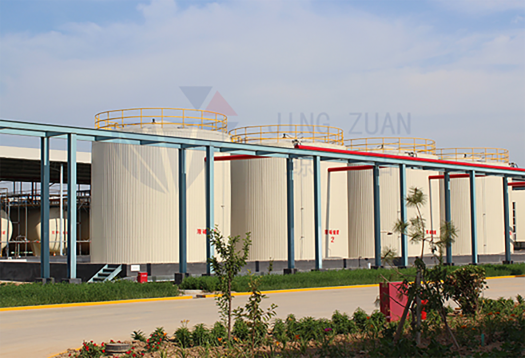
Nov . 25, 2024 20:12 Back to list
HPMC-Based Tile Adhesive Solutions for Superior Bonding Performance and Durability
Understanding HPMC Tile Adhesive A Comprehensive Overview
Hydroxypropyl Methylcellulose (HPMC) has become a critical component in the formulation of tile adhesives. As a non-ionic cellulose ether, HPMC offers a range of beneficial properties that enhance the performance of tile adhesives, making it a popular choice among manufacturers and contractors alike. In this article, we will explore the significance of HPMC in tile adhesives, its benefits, and the considerations for its use.
One of the primary advantages of using HPMC in tile adhesives is its exceptional water retention properties. This characteristic enables the adhesive to remain workable for extended periods, allowing for adjustments during tile placement without compromising adhesion quality. The ability to retain moisture ensures proper curing of the adhesive, leading to a stronger bond between tiles and substrates.
Understanding HPMC Tile Adhesive A Comprehensive Overview
HPMC also plays a vital role in enhancing the adhesion strength of tile adhesives. Its chemical composition allows for better interaction with various substrates, including cement, concrete, and gypsum-based surfaces. This versatility is crucial in construction projects where different materials may be used, ensuring a reliable bond across diverse applications.
hpmc tile adhesive

Moreover, HPMC is known for its excellent anti-slump properties. This means that once the adhesive is applied, it remains stable and does not sag, even on vertical surfaces. This is particularly beneficial when installing large-format tiles or when working on surfaces that require precise alignment.
From an environmental perspective, HPMC is regarded as a safe and eco-friendly additive. Its non-toxic nature and compliance with various building regulations make it a favorable choice for those looking to promote sustainability in construction.
However, while HPMC offers numerous benefits, it is essential to consider factors such as the specific formulation of the adhesive, the type of tiles being used, and the environmental conditions of the installation site. Proper testing and adherence to manufacturer guidelines are crucial to optimize performance and ensure successful tile installation.
In conclusion, HPMC is an invaluable ingredient in tile adhesive formulations, improving water retention, workability, adhesion strength, and stability. As the construction industry continues to evolve, the adoption of advanced materials like HPMC will play a significant role in enhancing the efficiency and durability of tile installations. Whether you are a contractor, architect, or DIY enthusiast, understanding the properties of HPMC tile adhesive can lead to better outcomes in your tiling projects.
-
Versatile Hpmc Uses in Different Industries
NewsJun.19,2025
-
Redispersible Powder's Role in Enhancing Durability of Construction Products
NewsJun.19,2025
-
Hydroxyethyl Cellulose Applications Driving Green Industrial Processes
NewsJun.19,2025
-
Exploring Different Redispersible Polymer Powder
NewsJun.19,2025
-
Choosing the Right Mortar Bonding Agent
NewsJun.19,2025
-
Applications and Significance of China Hpmc in Modern Industries
NewsJun.19,2025







